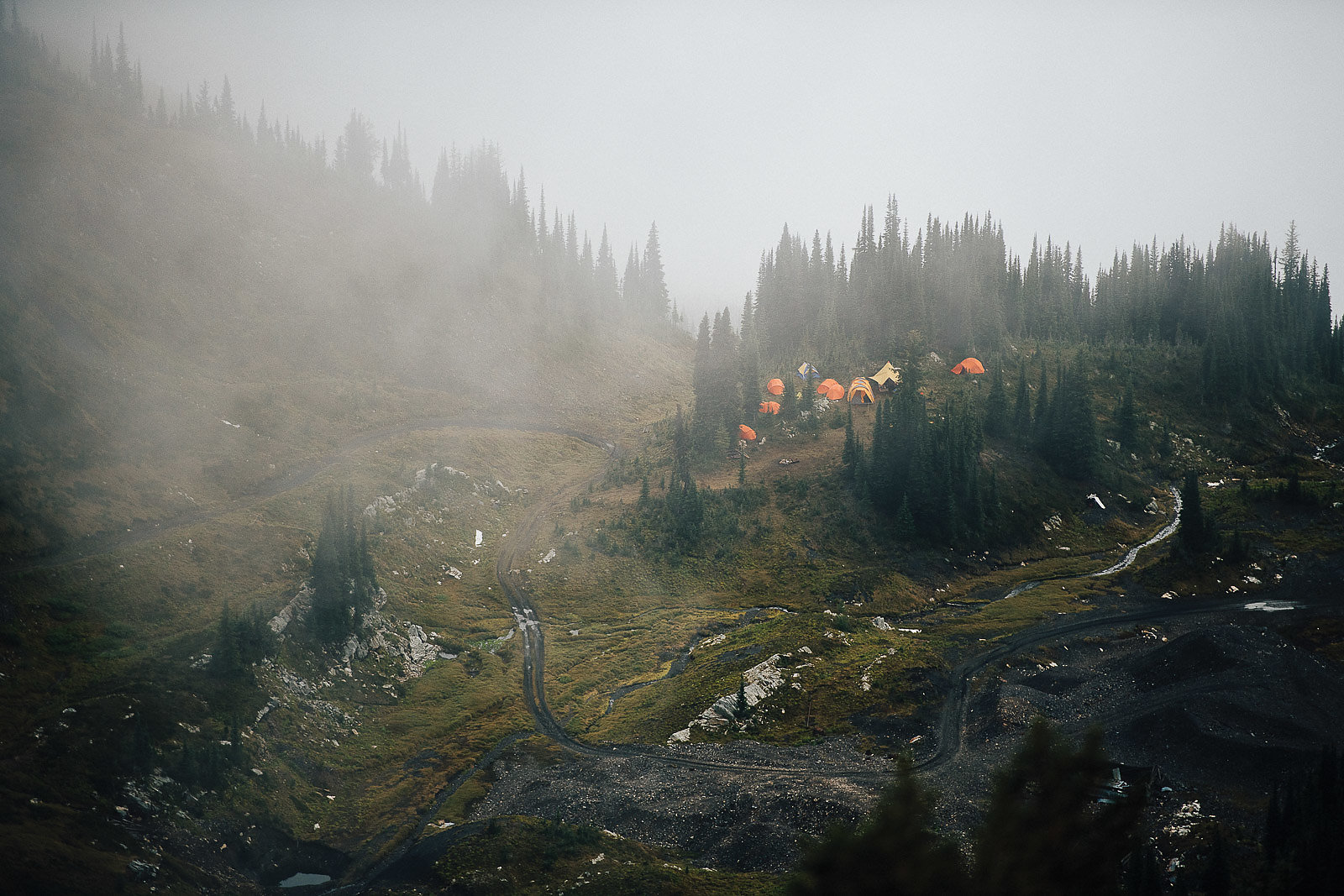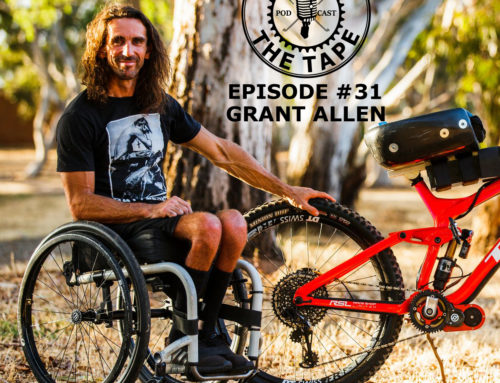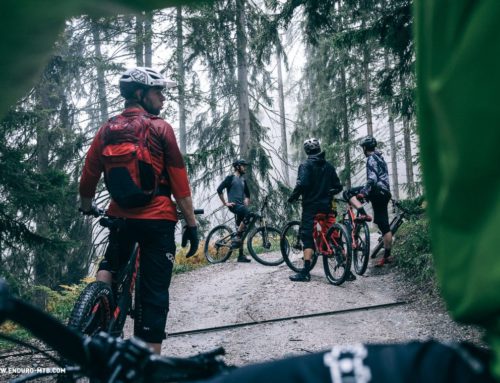The universe has 94 known naturally occurring elements.
Hydrogen and helium, the two most common, are understood to have formed during the Big Bang some 13.8 billion years ago, while numbers six (carbon) through 26 (iron) have been formed through stellar nucleosynthesis, or nuclear fusion within stars. Elements 27 (cobalt) and beyond are formed by supernova nucleosynthesis—essentially, exploding stars.
These little bits of supernova explosions, which include the majority of heavy metals, exist throughout Earth and are the main reason so many peaks and ridgelines of British Columbia’s Kootenay mountains are accessible today. In Antoine Basin, just a few miles northwest of the small ghost town of Sandon, the existence of argentiferous galena—a sulfur, lead and silver ore (the latter two elements formed by supernovas)—brought miners to these mountains as early as the late 1800s.
More than a century ago, this area was in the midst of an economic boom. In the late 1890s, Sandon had a population of 5,000 (with 23 saloons) and would go on to produce more than a billion dollars worth of silver, lead and zinc in its heyday. Just about every hillside still has a road cut across its face, and back then the only things bigger than the miners’ egos were the tailing piles they left behind.
If it weren’t for such incredibly destructive mining practices—often, entire forests would be burned to the ground to speed up the clear-cutting process—there’s a good chance this entire region would be considerably wilder. Decades of natural recovery have already taken place, but the reality is that these peaks and valleys will never return to their original state. Another reality is that without its evil history, this land would have far fewer mountain bike trails on its slopes.
[continued...]








